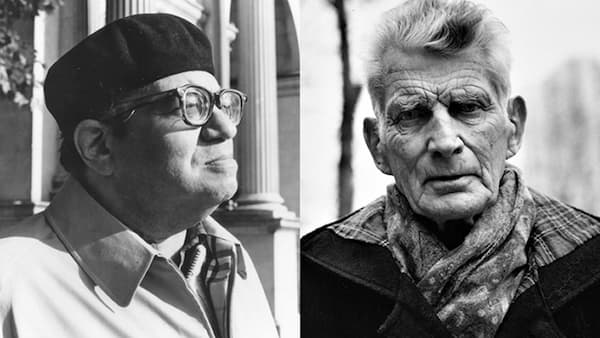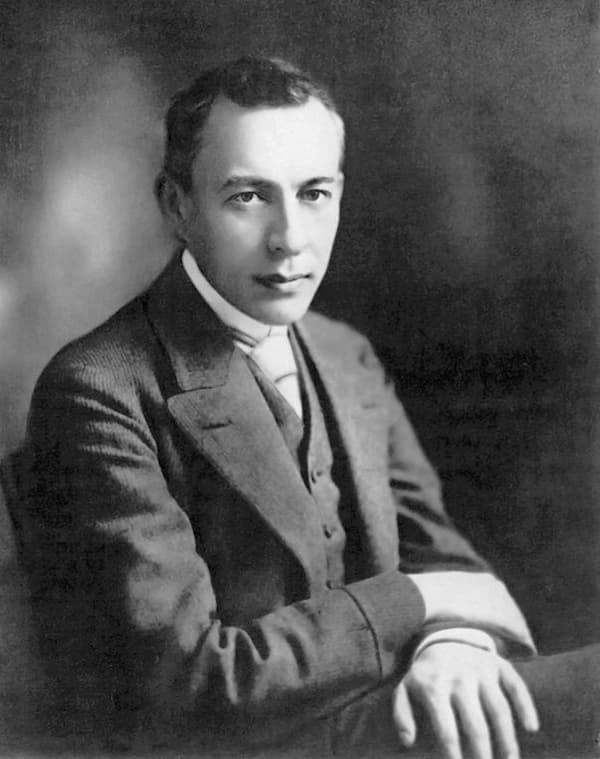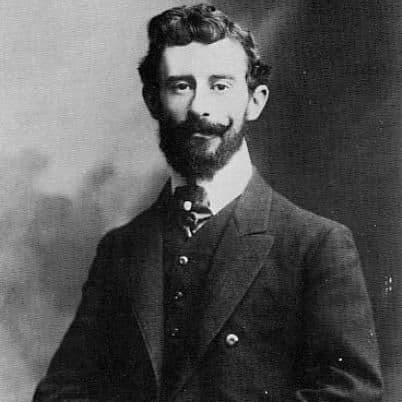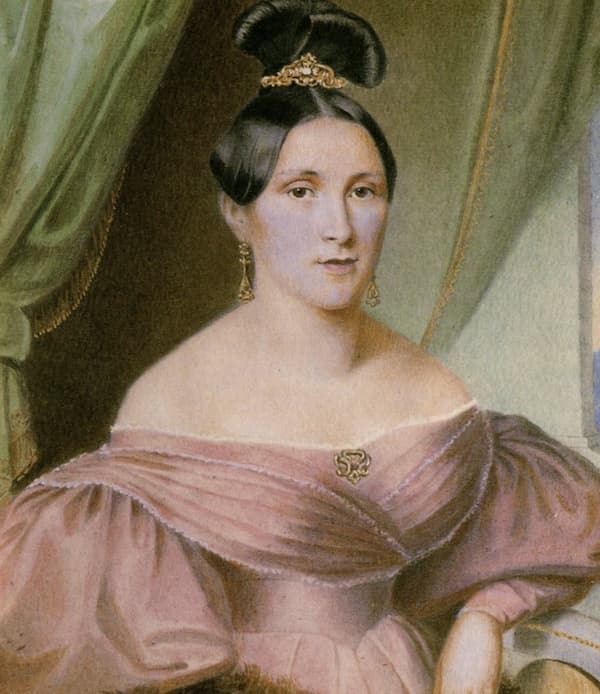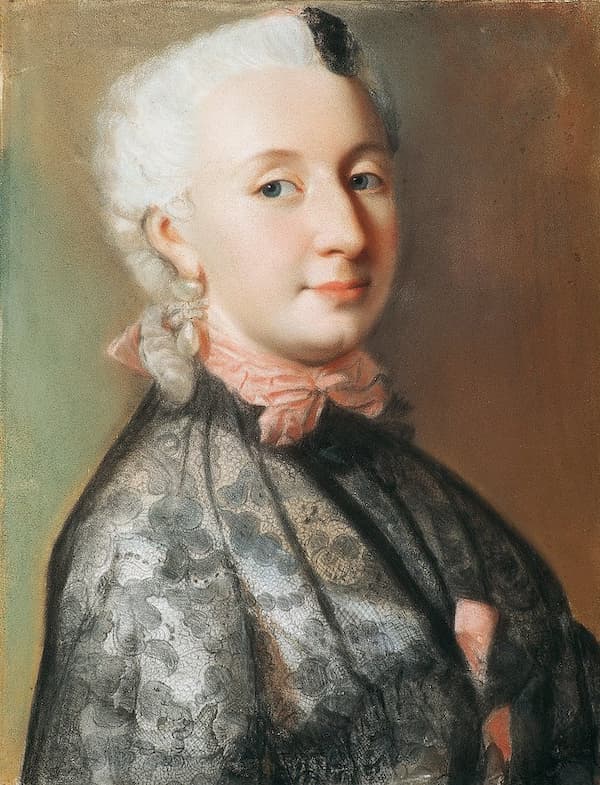“I have to warn you, this is not classical music the way you know it”. These were the words of the person sitting behind me before the performance of Feldman’s For Samuel Beckett at the Queen Elizabeth Hall in London,
Blogs
The celebrate the 150th anniversary of Sergei Rachmaninoff’s birth in 2023, Mikhaïl Pletnev and the Orchestre Philharmonique de Radio France under Dima Slobodeniouk embarked on an ambitious musical adventure of performing the composer’s four piano concertos over two consecutive evenings.
Drums are among the oldest and most universal instruments. They resonate across cultures, weaving rhythm into the fabric of human society. They serve as tools for communication, celebration, and establishing spiritual connections. Drums mark life’s milestones, from births to funerals,
Few events in 2024 stood out more than the visit of the illustrious Berlin Philharmonic Orchestra under the baton of Kirill Petrenko. Marking his first-ever trip to China since assuming the helm in Berlin, the orchestra—the unequivocal crown jewel of
Maurice Ravel was born on the 7th of March 1875, at Ciboure, a little fishing village at the base of the Pyrénées near the French-Spanish border. Members of Ravel’s family on the paternal side had emigrated to Switzerland, and Stravinsky’s
What would you say if I told you that the entire musical history of Vienna would be extremely different, if not for the little-known, strong-willed daughter of an Austrian pub owner? Today we’re looking at the life and times of
On April 5, 2025, the world lost a towering figure in the realm of classical music. Luiz de Moura Castro, the celebrated Brazilian pianist, educator, and recording artist, passed away at the age of 84 after a prolonged struggle with
Women composers in the eighteenth century faced a number of obstacles to becoming composers. At the time, music-making was widely viewed as an ornamental accomplishment for women: an ability to make them more attractive on the marriage market…not a calling

